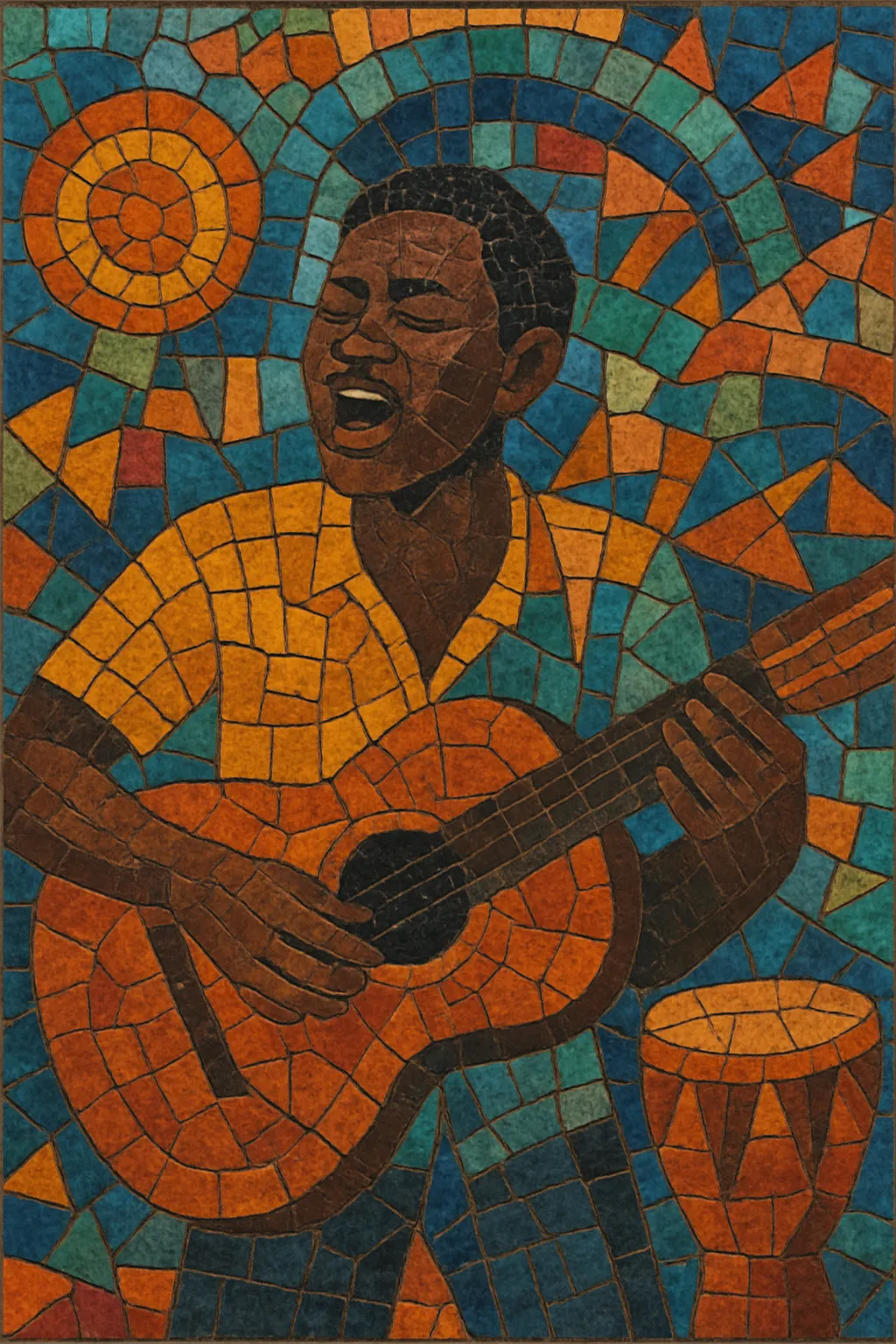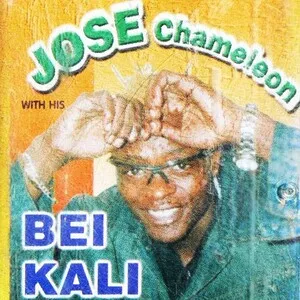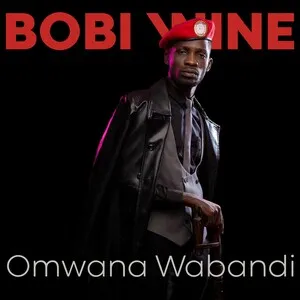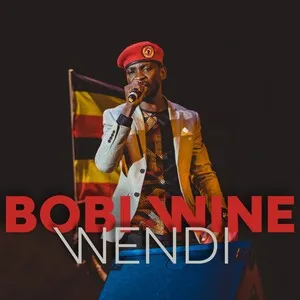Kidandali is a mainstream Ugandan pop/dance style that blends Congolese rumba and soukous guitar lines with reggae/dancehall grooves and local melodic sensibilities. It is sung mostly in Luganda and other Ugandan languages, and is crafted for parties, weddings, and everyday radio play.
Typical kidandali tracks are mid‑tempo, bright, and hook‑driven, featuring clean, interlocking guitar riffs, buoyant bass lines, and straightforward drum‑machine patterns in 4/4. The result is feel‑good, sing‑along music that sits between East African "band music" heritage and contemporary African pop.
Kidandali coalesced in Kampala’s club and live‑band scene as Ugandan artists adapted Congolese rumba/soukous and Caribbean reggae/dancehall to local tastes. Bands such as Afrigo and the flourishing wedding/event "band music" circuit provided the live template—prominent bass, lilting guitars, and crowd‑pleasing call‑and‑response—while emerging studio producers translated that feel into slick, radio‑ready pop.
The early 2000s saw a wave of star vocalists and duos who defined the sound on FM radio, TV, and in street parties. Artists fused sing‑along Luganda hooks with approachable storylines about love, city life, and celebration. Simple, catchy chord progressions, bright synthesizers, and soukous‑style guitar vamps made the style instantly danceable and friendly to DJs and live bands alike.
With affordable home studios and YouTube, kidandali production modernized—cleaner drums, tighter arrangements, and collaborations with East African and continental pop scenes—while keeping its core identity: melodic choruses, mid‑tempo danceability, and community‑minded lyrics. The genre remains a backbone of Ugandan mainstream pop culture, from weddings to national holidays and festival stages.






